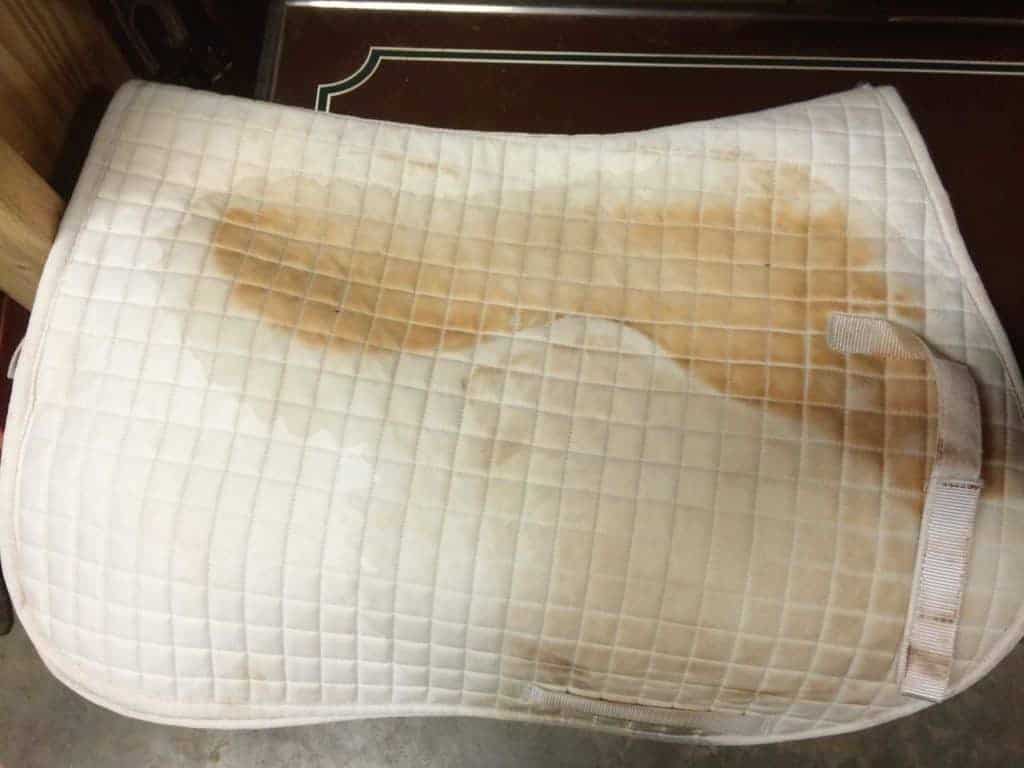
Maintain Health, Prepare Properly for a Sustainable Athlete
Horses could be more sustainable athletes if riders condition them better and monitor their health and fitness often.

Horses could be more sustainable athletes if riders condition them better and monitor their health and fitness often.

Researchers have been hard at work studying this contagious respiratory disease.

Researchers learned that the total bacterial load was higher in horses with heaves than in healthy horses, and more.

Here are the steps to take and information to gather when faced with a colicking horse.

Researchers found that 69% and 54% of polo ponies examined had glandular and squamous ulcers, respectively.

While Western saddles had uneven pressure distribution, study horses showed no signs of saddle-related discomfort.

The new MRI replaces a previous system at New Bolton Center, installed in 2005 and used until recently.

Watch for these telltale signs of poor saddle fit in your horse’s body, behavior, and movement.
The symposium featured research on equine nutrition, exercise physiology, reproduction, management, and more.

From excessive dirt accumulation to dry spots, here’s what the sweat patterns under your saddle are really telling you.

The racehorse welfare and safety summit also covered racetrack surfaces, continuing education, and more.

The event is designed to help vets assess, diagnose, and treat a range of performance-limiting diseases and conditions.

Dr. Stephanie Valberg assumes her position at the Michigan State University College of Veterinary Medicine on Nov. 1.
The MRI unit adds to the school’s imaging modalities, including a CT, radiography, nuclear scintigraphy, and more.

Ulcers were more prevalent in domestic horses than feral ones, but the latter group wasn’t immune to these lesions.

This potentially deadly condition affects grazing horses. Learn about its clinical signs, treatments, and prognosis.
Stay on top of the most recent Horse Health news with
"*" indicates required fields